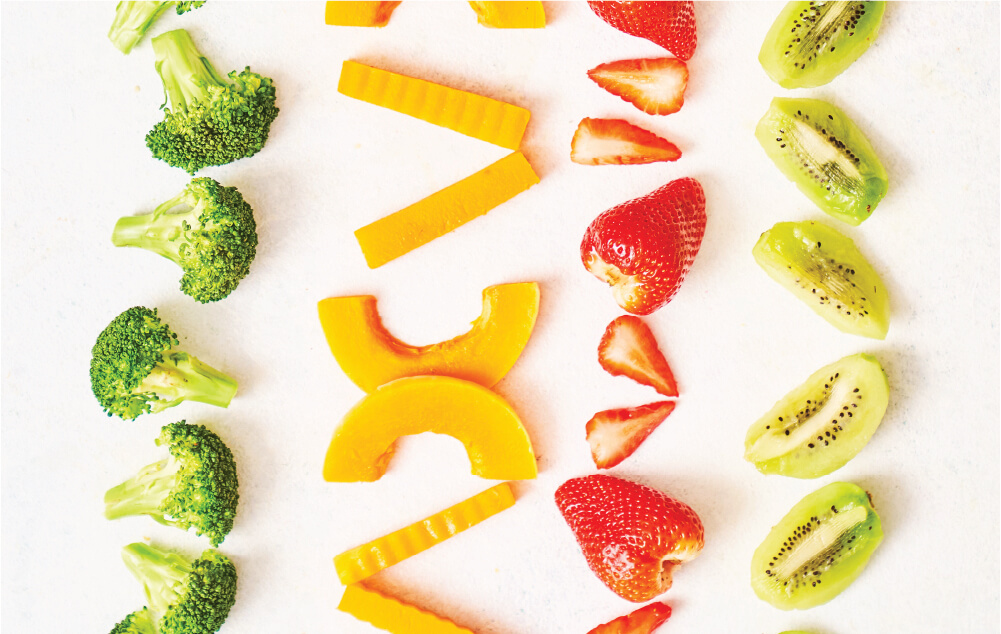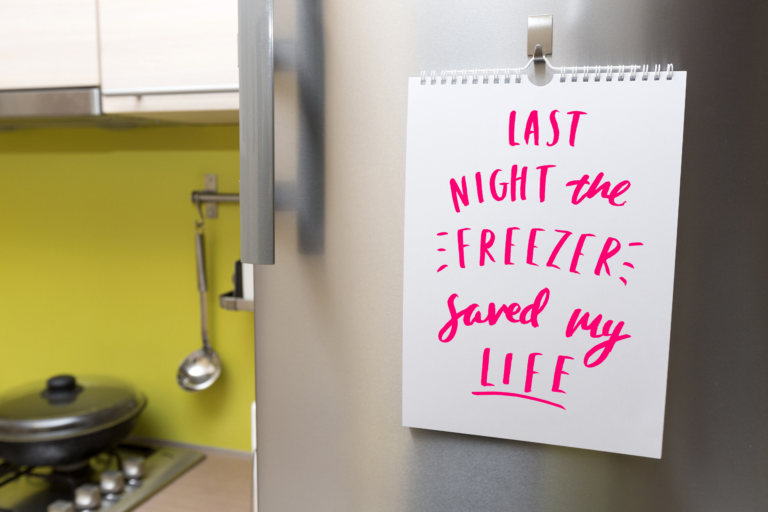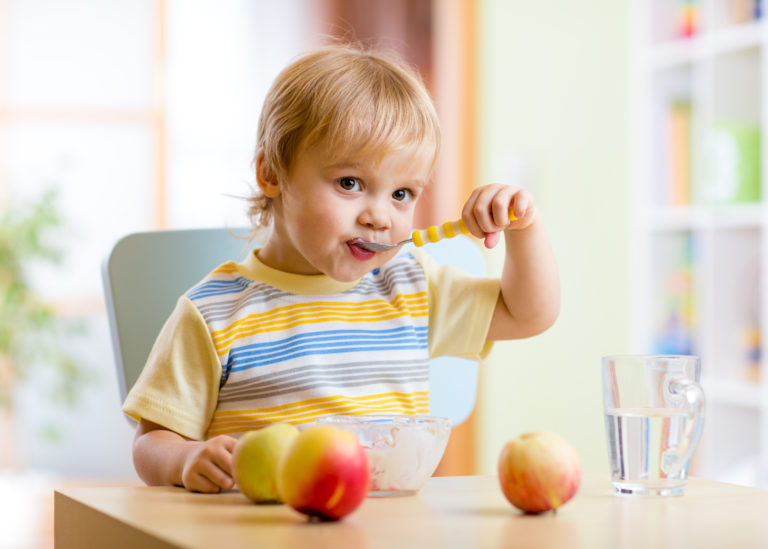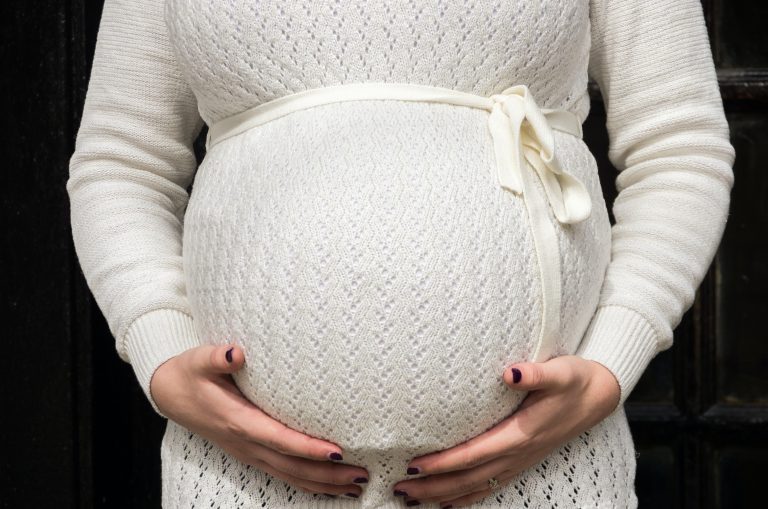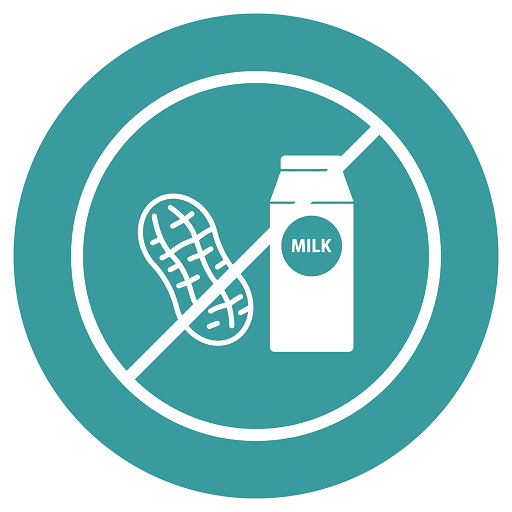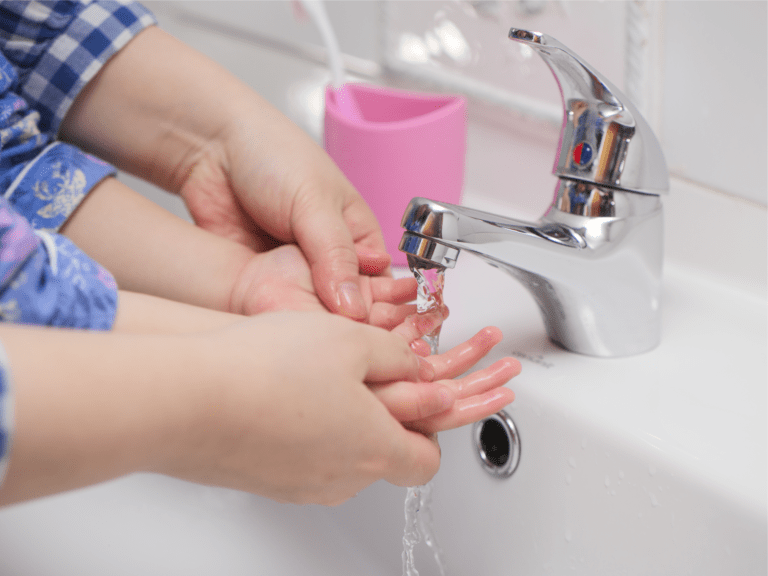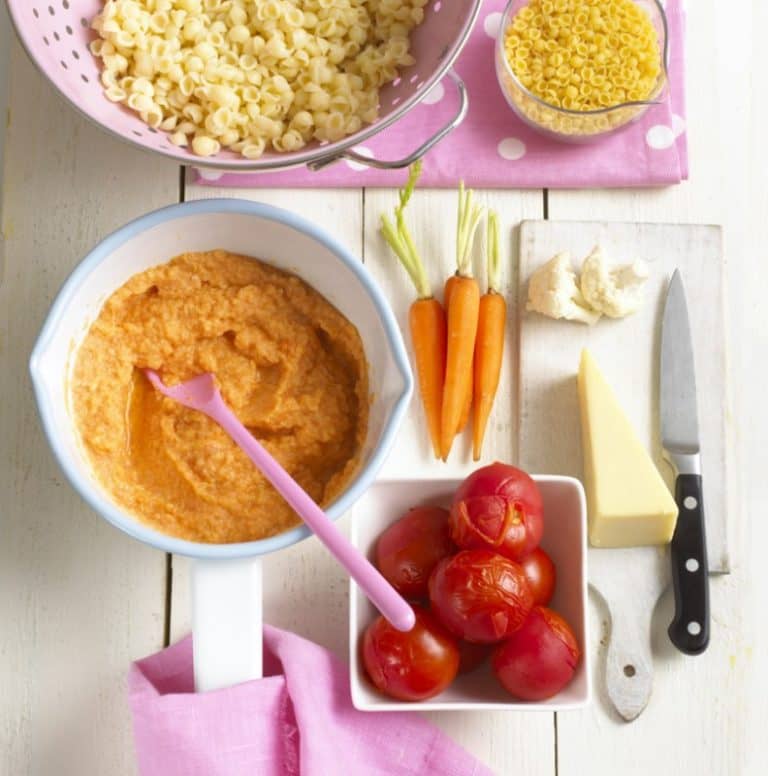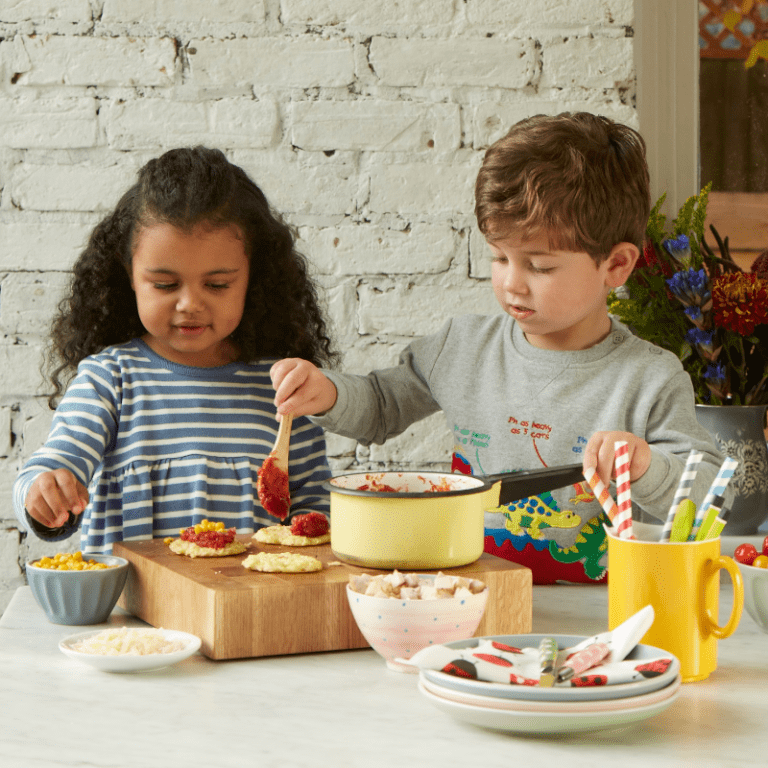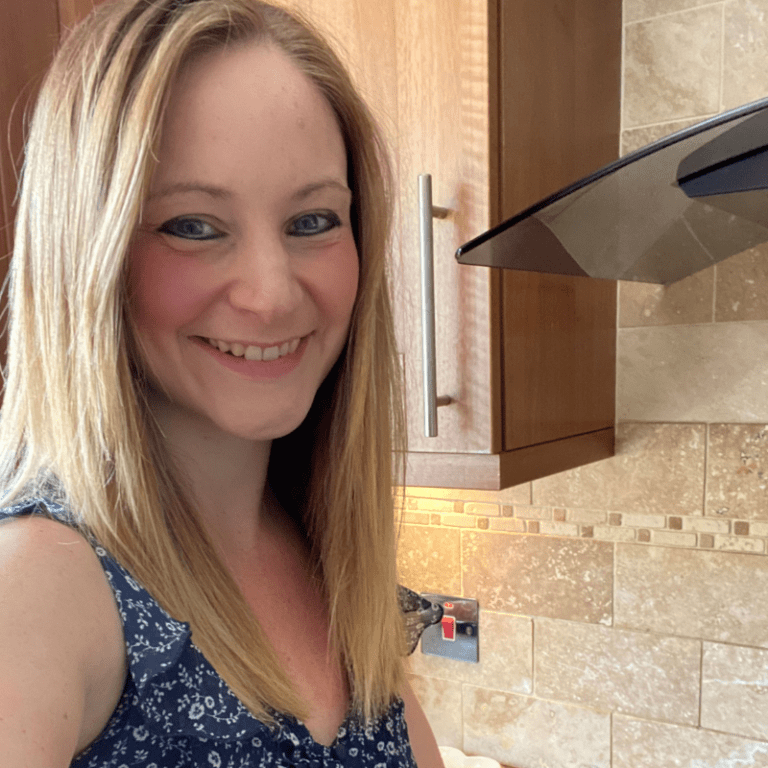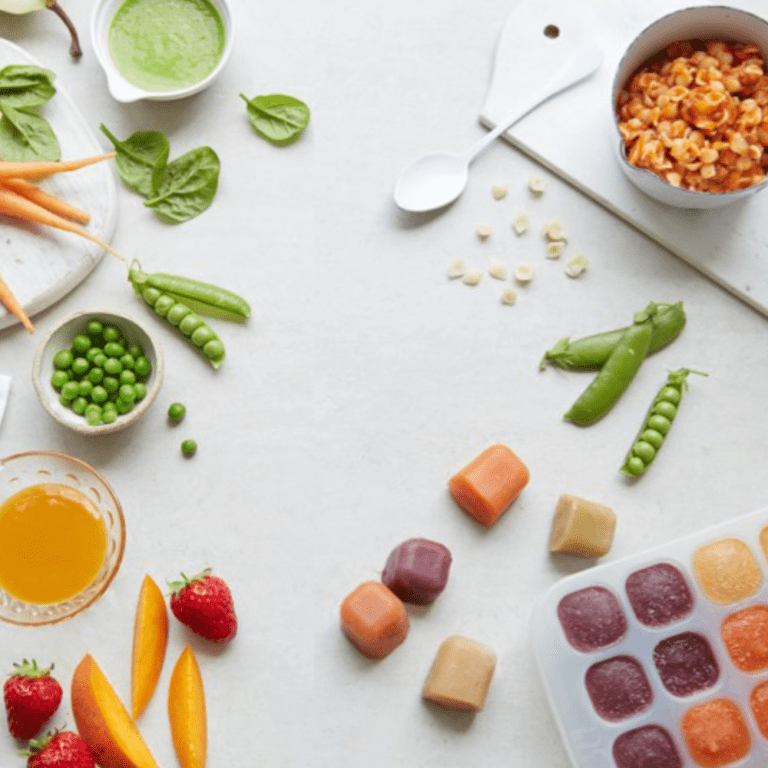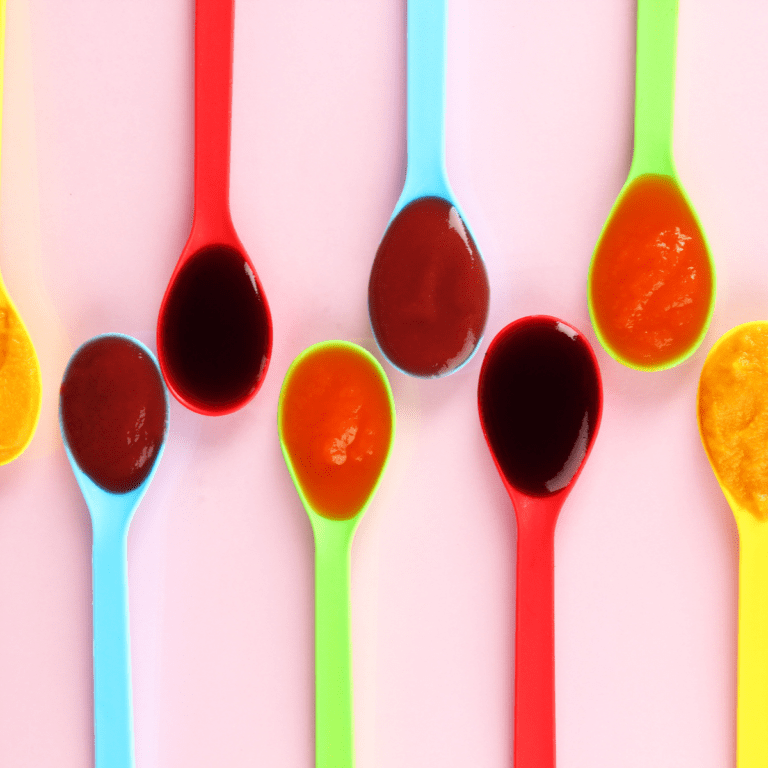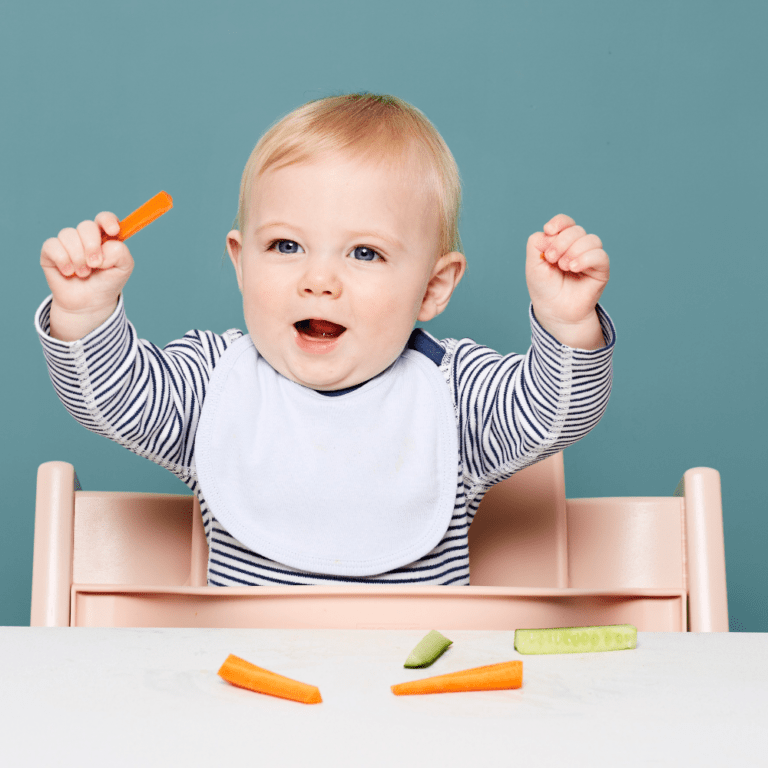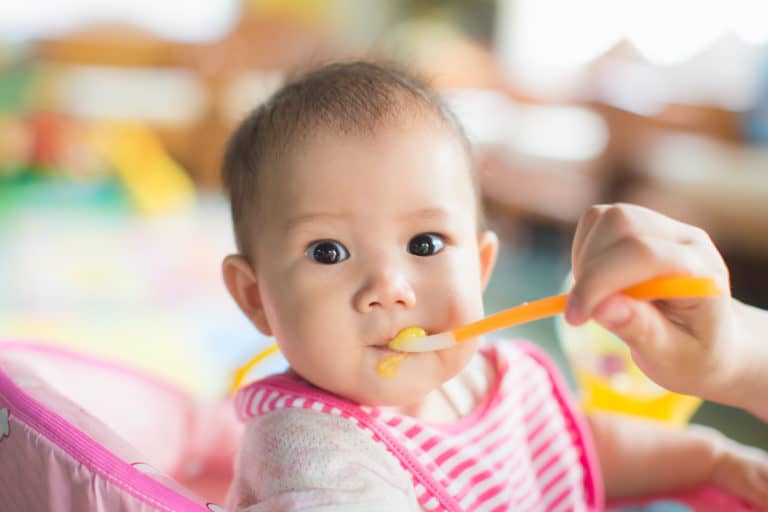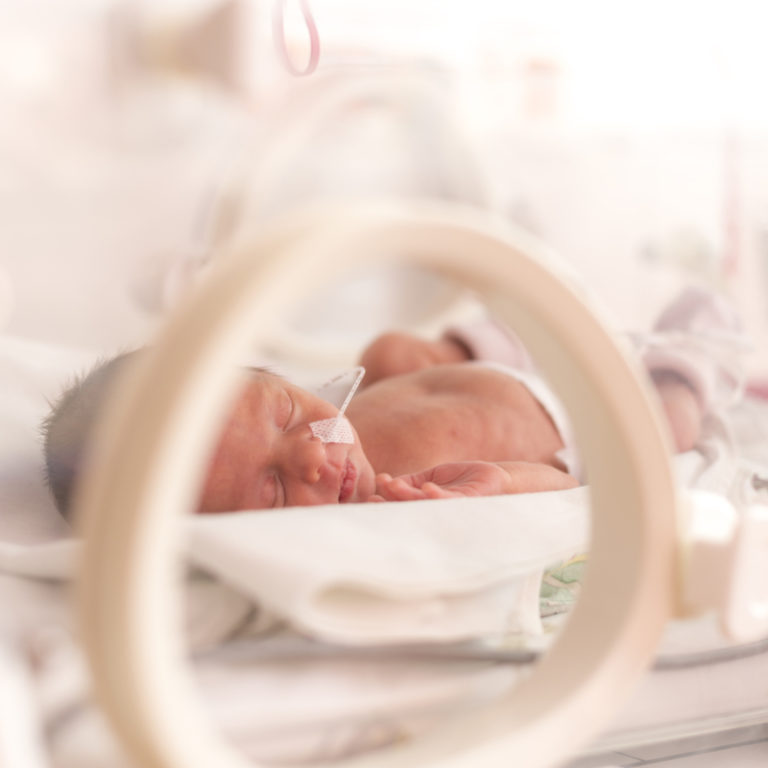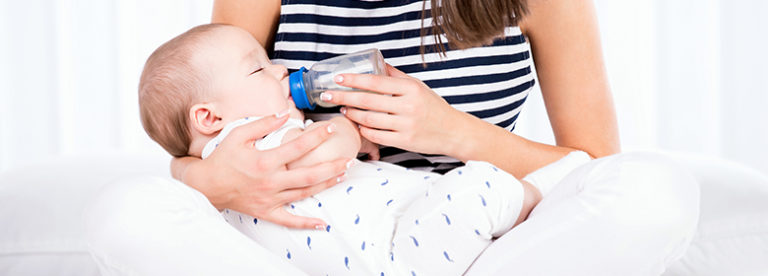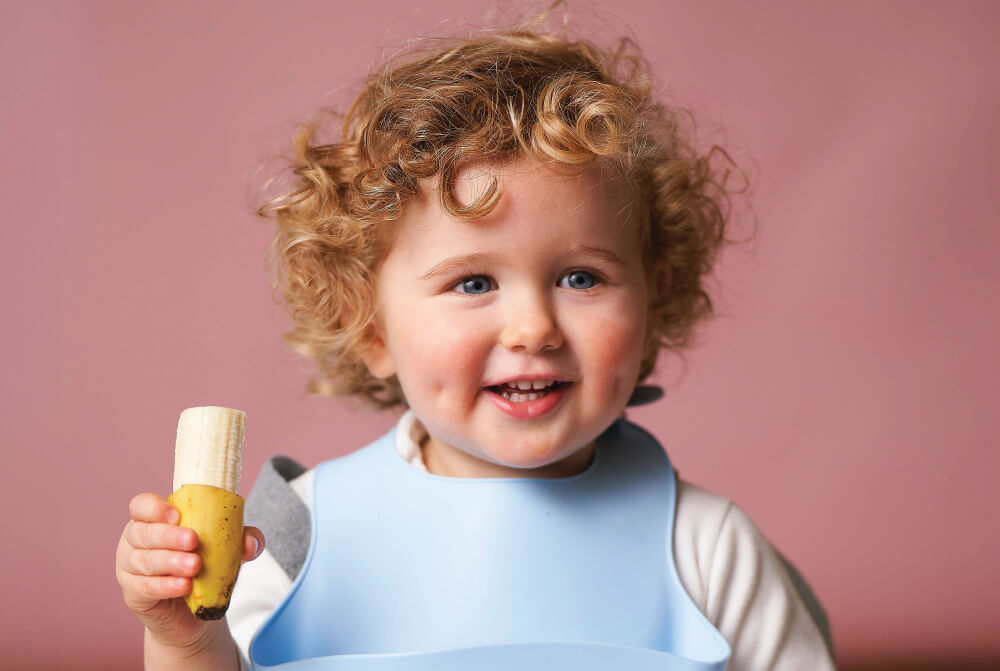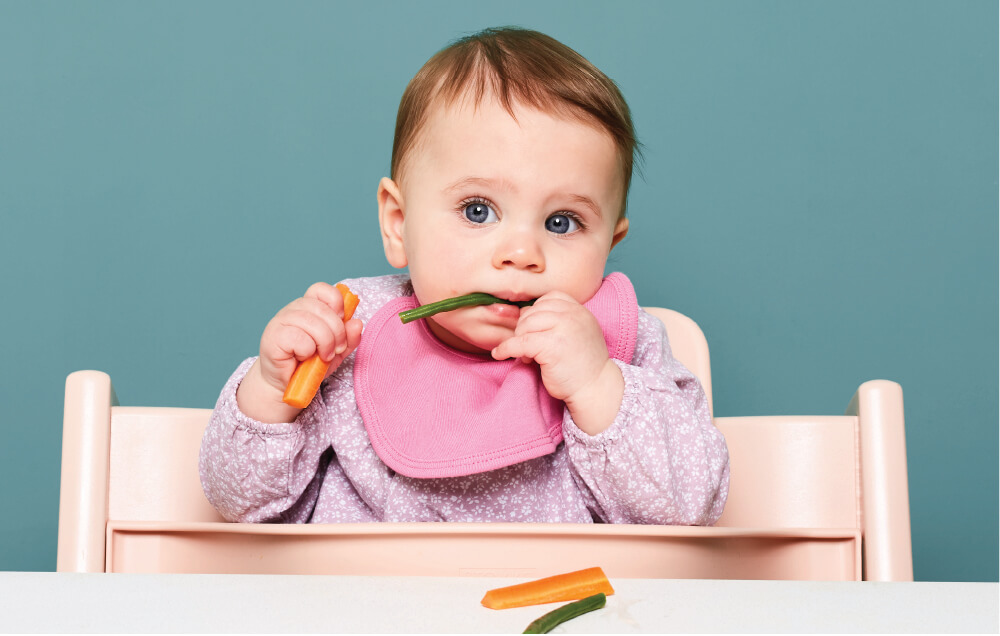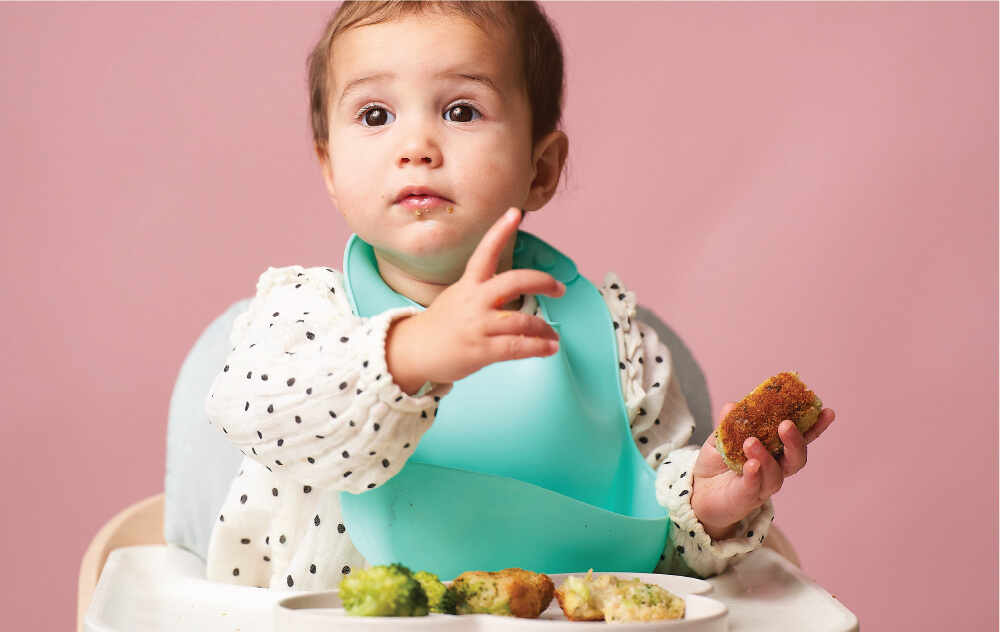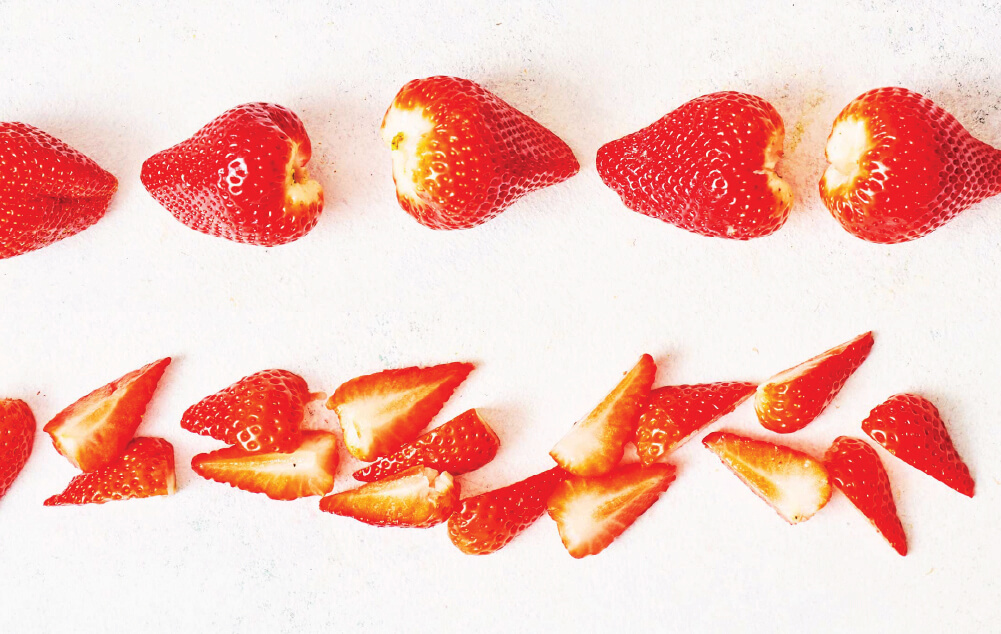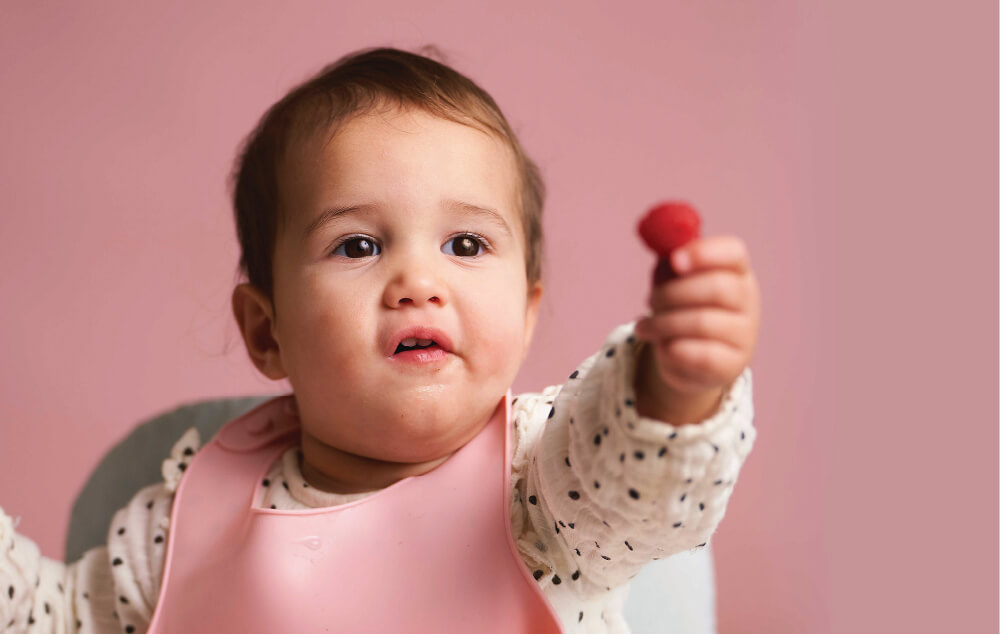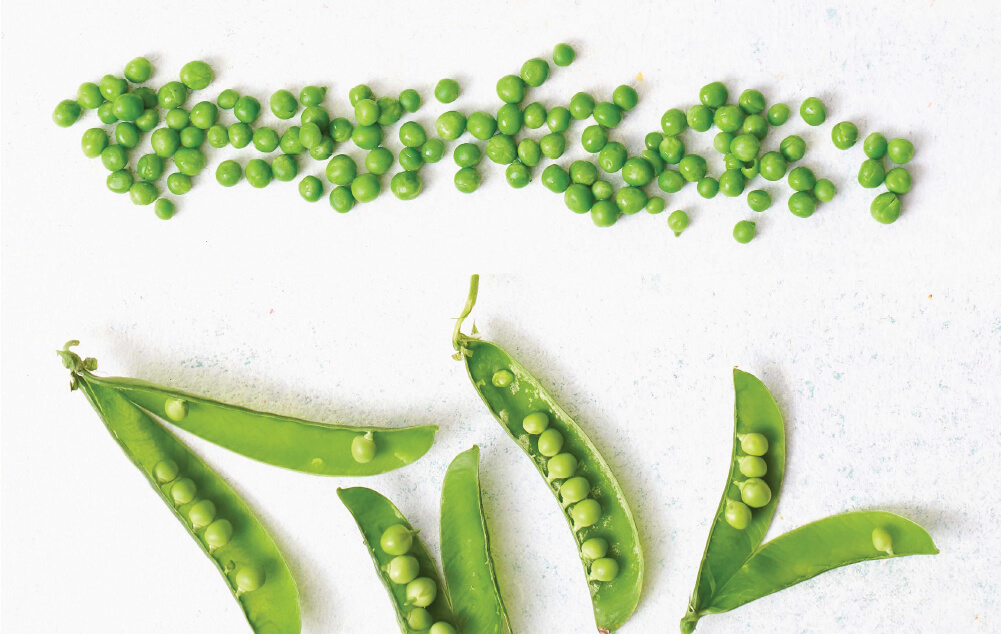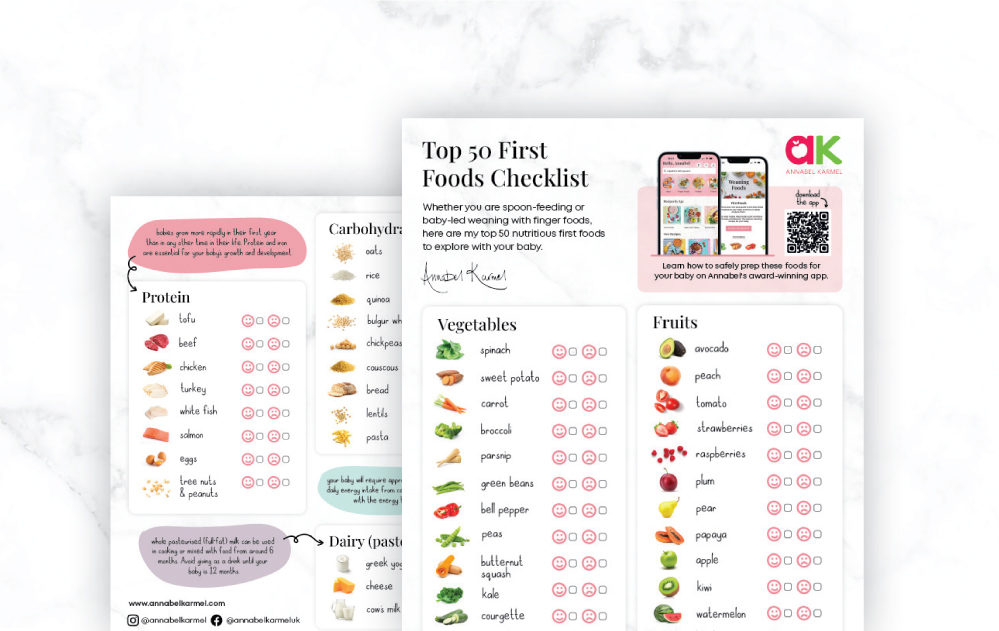Life before nappies may seem like a distant memory, but before you know it, potty training looms and a change-bag free future beckons.
The most important thing to remember with potty training is not to tackle it until your child is ready; this may be any time from 18 months to three years with the average age being about two and a half. From about a year, children will begin to recognise when they have a full bladder or rectum, however as with all areas of childcare there is no one size fits all solution.
Look for signs that your child may be ready to start; can they follow instructions? Can they walk and sit down unaided and pull their nappy or pants up and down independently? Be driven by your own circumstances and child’s progress and ignore the competitive coffee shop mums, feeling pressured to push your child before they are ready will lead to a more prolonged and painful potty training experience.
If you’re in the midst of a life change such as going back to work or having baby number two, when you parenting peers are kicking off potty training, don’t panic. For you, nappies may be best for everyone for a few more months until both you and your little one feel settled. It isn’t a race, and if it were then the tortoise is more likely to get the hang of toilet-ing before the hare. Practice and patience will help you progress to the potty.
Involve your child in the transition to toilet let them choose a potty and ‘big pants’ and get your stickers, reward charts, pompoms and OTT enthusiasm at the ready! Prepare to find wee and poo very exciting. Reward every successful sitting and let your child hear you telling family members how proud you are of their progress. Some children’s books tackle the realms of toilet training and they can be helpful tools in getting your little one on board.
Removing fear from the process is sensible, as little people often worry that they are going to fall into the toilet it makes sense to help make them feel as secure as possible. A stool and adaptor seat can be helpful to prevent children becoming scared of The Big Toilet.
An element of routine will no doubt have made many of your parenting projects to date easier, and the same can be said of potty training. Over the last few months you may have noticed that your child needs changing at roughly the same time each day, in which case it is logical to remove their nappy and sit them on the potty or toilet at these times and see what happens. Explain the process and go slowly; if your child resists being bare bottomed then leave the nappy on to start with but continue to sit them on the potty, as this will build an association. You want all associations to be positive so don’t physically restrain or force them to sit there.
When you boldly go nappy free in the process is up to you. Some parents commit to no nappy (in the day time) right from the start and are prepared for a fair few accidents for the first few days. Other parents prefer to use training pants or pull up nappies which serve as a sort of hybrid, so your child can still experience the autonomy of pulling them up and down by themselves but they still offer protection from little leaks. Once your toilet trainee is consistently finding the potty in time you can make the move to big-kid pants. Whether you stock up supplies and stay at home for the few days or boldly travel about as usual is up to you, and dependent in part on life’s other demands, which sadly won’t wait while your little one gets the hang of things.
A child that is exposed and educated into the world of Grown Up Toileting is likely to be more prepared, so let them see what you are up to and talk them through the process; needing to go, preparing to go, going, cleaning up, getting dressed again, flushing and washing your hands. Boys can start off doing sitting down wees and graduate to standing when they are a bit more experienced.
It can be frustrating for parents when children seem to be going with the potty training flow, mastering a number one, only to struggle with doing a number two. Bowel movements often take a bit longer to master as learning to go with the urge to push takes more control than emptying your bladder. For some children flushing away a part of them can feel distressing. Make it a positive experience by waving goodbye to what you are flushing away. Note that the sound of a flush can be frightening, in which case say goodbye and then wait until your child has left the room before you pull the chain. Teach children to wipe from front to back, this is especially important in girls to prevent urinary tract infections.
Temporary set backs put the toil into toilet training but are part of the process and not an indicator that you or your child are failing in anyway. When they happen, stay calm and reassure them. Remember that the muscles that keep the bladder and rectum closed are still developing and the potty is a new task to learn. Patience and positivity are required! Your child stumbled many times before mastering movement but they kept going, the same will be true of this latest task set for them to conquer.
You can help reduce the number of accidents by dressing your potty protégée in clothes that are easy and quick to remove. Ask frequently if they need to go, as often accidents happen when a child is engrossed in another activity, so help them out by prompting them to pee.
Wait until the days are consistently mastered before you worry about nappy-free night-times, but keep an eye out for dry or just damp morning nappies which are a sign of readiness. Invest in waterproof sheets and mattress protectors and be full of praise and explanation when you first go nappy-free at night. Make sure you put your child on the toilet or potty just before bed and consider placing them on again before you go to bed – this is called lifting and encourages them to relieve themselves if they need to go. Wake them just enough to have a conversation, or open their eyes, so that they don’t learn to wee in their sleep.
Depending on the proximity of the toilet to the child’s bed, consider leaving a potty in their room – with a nightlight. Put them back on the potty first thing in the morning, even if there was an accident in the night. The occasional bed-wetting may happen for quite a while but always reinforce the positive as fear of failure and being told off can aggravate problems. Bed-wetting is considered normal up to the age of five; however, if you have any concerns make an appointment to chat to your doctor.
Toilet training can be frustrating, but on a troublesome day take a look back to birth and remember how far you’ve come and how many childcare challenges you have already conquered. You can reward yourself for potty progress too, after all you deserve a sticker for coping with all the extra washing and wiping!
